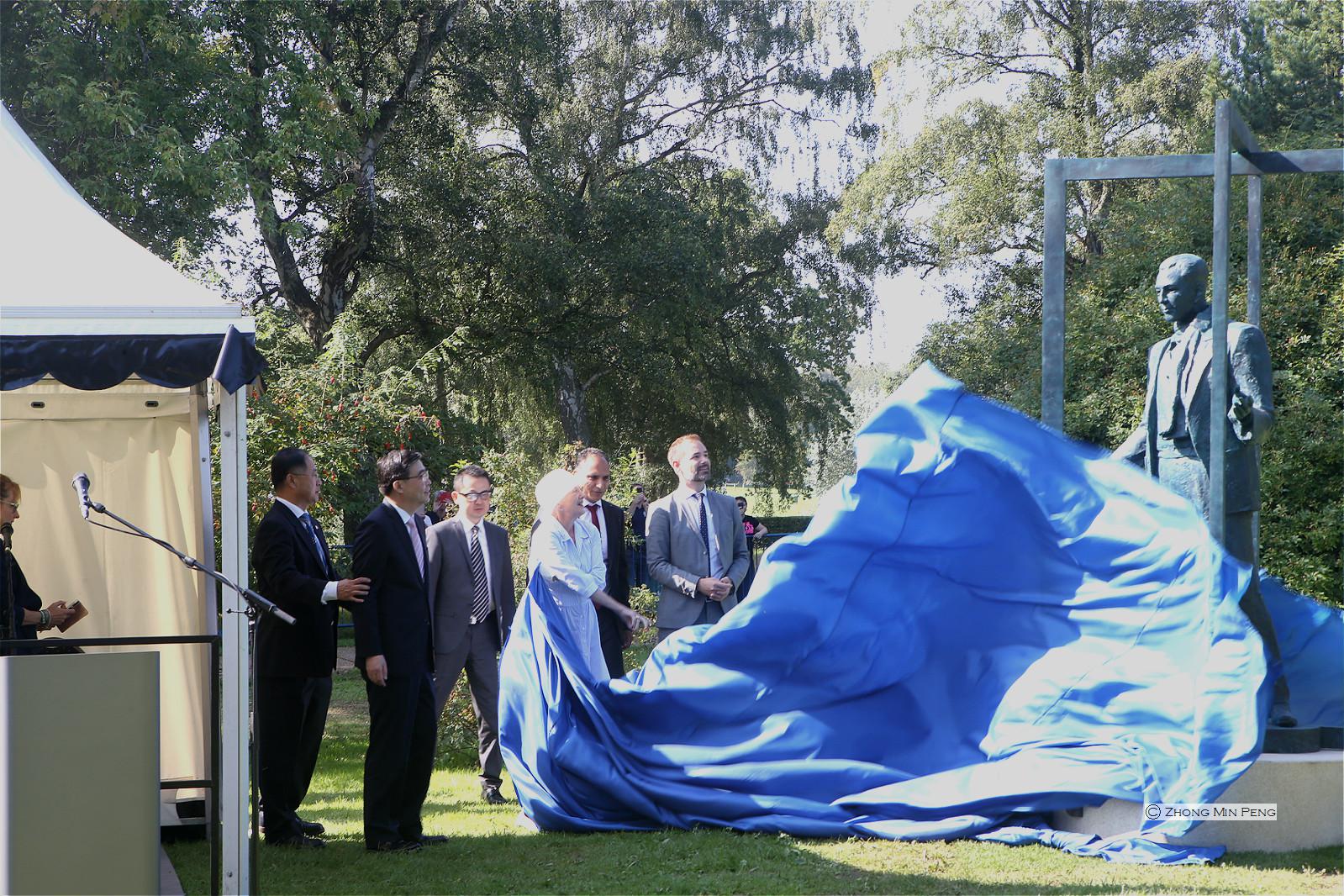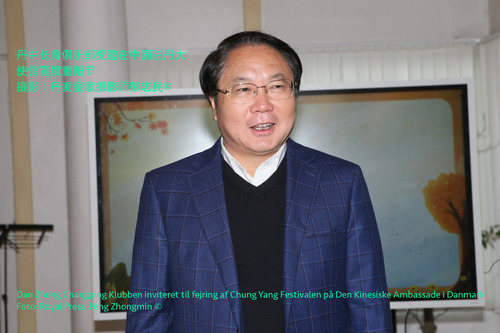Queen Margrethe II of Denmark unveiled on the morning of August 31, 2019 a three-meter–tall bronze statue of Bernhard Arp Sindberg at a park in Aarhus, the city where he was born in 1911. The statue is a gift to Aarhus from Nanjing Municipality. An exhibition was also held on the afternoon of August 31 at Dokk1 Queen Margrethe II of Denmark unveiled on the morning of August 31, 2019 a three-meter–tall bronze statue of Bernhard Arp Sindberg at a park in Aarhus, the city where he was born in 1911. The statue is a gift to Aarhus from Nanjing Municipality. An exhibition was also held on the afternoon of August 31 at Dokk1 Library in Aarhus to shed light on Bernhard who performed his heroic deeds during the Nanjing massacre 1937-1938.
By: Zhong Min Peng
Photographer: RoyalPress Zhong Min Peng
The new government gathered
The Queen said Bernhard Sindberg saved at least 10.000 Chinese people from Nanjing city from death.
That’s why Aarhus and the Chinese are paying tribute to Bernhard Sindberg with a large statue in the Memorial Park in Aarhus, said the Queen.
Present at the ceremony were Feng Tie, the Chinese ambassador to Denmark, Li Hong, cultural counselor of the Chinese Embassy in Denmark, Zhang Li, head of the Chinese Cultural Center in Copenhagen, Peng Zhengang, director of the Information Office of Nanjing.
Feng Tie, Chinese ambassador to Denmark, was quoted as saying that Bernhard is known to sin completely during the Nanjing massacre of 1937-38, where Sindberg saved the robber 1000 of people by providing them protection in a factory area. The statue has been made through the collaboration of three artists from Aarhus and Nanjing.
The exhibition about Sindberg was launched in collaboration with the City of Aarhus and the Aarhus City Archives.
Jacob Bundsgaard, Mayor of Aarhus, and Rabih Azad-Amah, Deputy Mayor of Aarhus, were also present at the unveiling ceremony.
Jacob Bundsgaard, Mayor of Aarhus, was quoted as saying that for Aarhus, China is an important part of its development of international relations. When visiting the sister city of Harbin in China, Aarhus has also reached a cooperation agreement in the field of clean technology. The city of Aarhus is clearly expanding its work. Nanjing is the second largest economic growth center in eastern China. The signing of the agreement on the Sindberg Statue and cooperation will create a link catering to the interests of the commercial society. Connection is essential when doing business in China. The history of Aarhus and Nanjing gave Aarhus a special status and closely linked the two cities, and both cities now want to develop this relationship. Rabih Azad-Amah, deputy mayor of Aarhus, in charge of culture, was quoted as saying that Nanjing has a close relationship with Aarhus. The story that took place in 1937 is the background of the close relationship between Aarhus and Nanjing. During the Nanjing Massacre, the invading Japanese troops slaughtered as many as 300,000 Chinese. Bernhard Arp Sindberg tried his best to save thousands of Chinese. He was later called a friend of China and is still a famous hero in China.
Denmark is a small country and China is a big country. The city of Aarhus has many practical needs abroad.
During his address at the unveiling ceremony, Peng Zhengang said that 82 years ago, Sindberg had 106 days closely interwoven with the Nanjing Massacre by setting up a refugee camp in Kiangnan Cement Works and sheltered tens of thousands of Nanjing civilians at the risk of his own life.
When leaving Nanjing for his home in Aarhus, Sindberg had a stopover in Geneva where he screened the film footages shot by the US missionary Rev. John Magee on the atrocities committed by the invading Japanese troops during the Nanjing Massacre. Today, those who witnessed the catastrophe and received the assistance from Sindberg have either passed away, or entered their late years.
But the Chinese people and the Danish people will never forget Sindberg’s love of life and aspiration for peace, Peng said.
Today we are in an era of crisis and challenge. In some places, for some people, peace is still out of reach, he added.
Peng noted that as a war-torn city, Nanjing knows more about the preciousness of peace.
He emphasized that we are hosting the exhibition in the hometown of Sindberg, not to remember the cruelty of war, but to commemorate the existence of such a young man from Denmark who protected tens of thousands of lives and brought them hope in a very difficult time in World War II, with his courage and action.
The head of the information office of Nanjing said the people of Nanjing are willing to work with the people of Aarhus City, remembering history, cherishing peace, facing the future, and taking the courage and action like Sindberg to continue to work for the building of a permanent world peace so as to let people in every part of the earth live in peace and with dignity.
Peng added that on behalf of the Information Office of the Nanjing Municipal People’s Government said I would like to extend my gratitude to the Aarhus Municipal Government, the Department of Culture and Citizen Services, the Cultural Affairs Bureau, the Archives and the Library, the Chinese Embassy in Denmark, the Copenhagen Chinese Cultural Center, and the Nanjing University of the Arts for their support and assistance.
Sindberg, an adventurer who served with the French Foreign Legion in the early 1930s, ended up in China as a stowaway on a Danish merchant vessel.
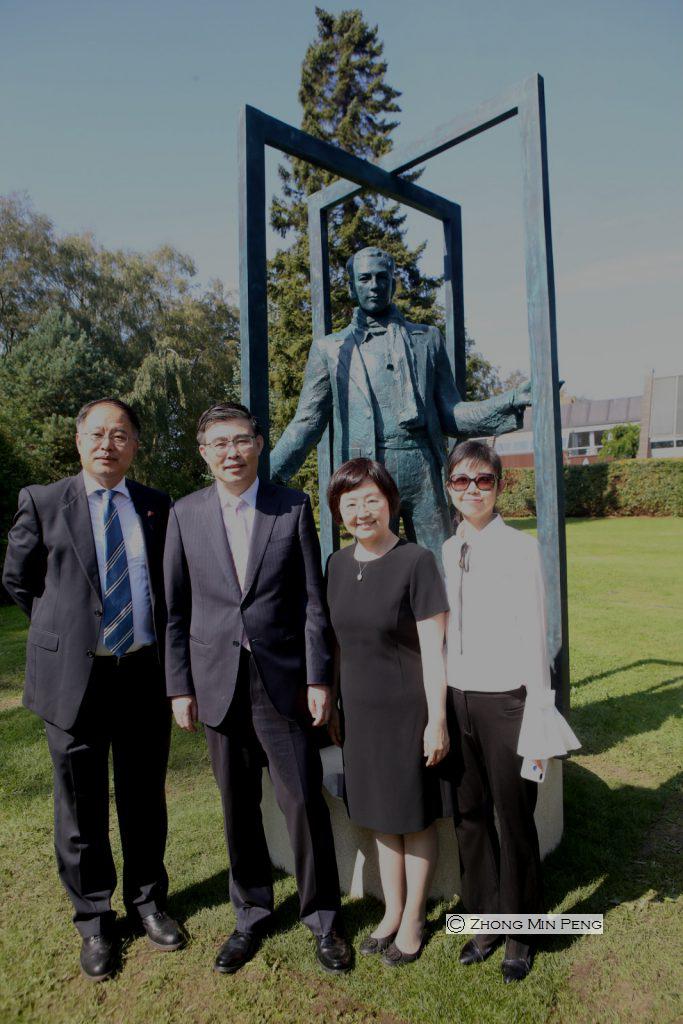
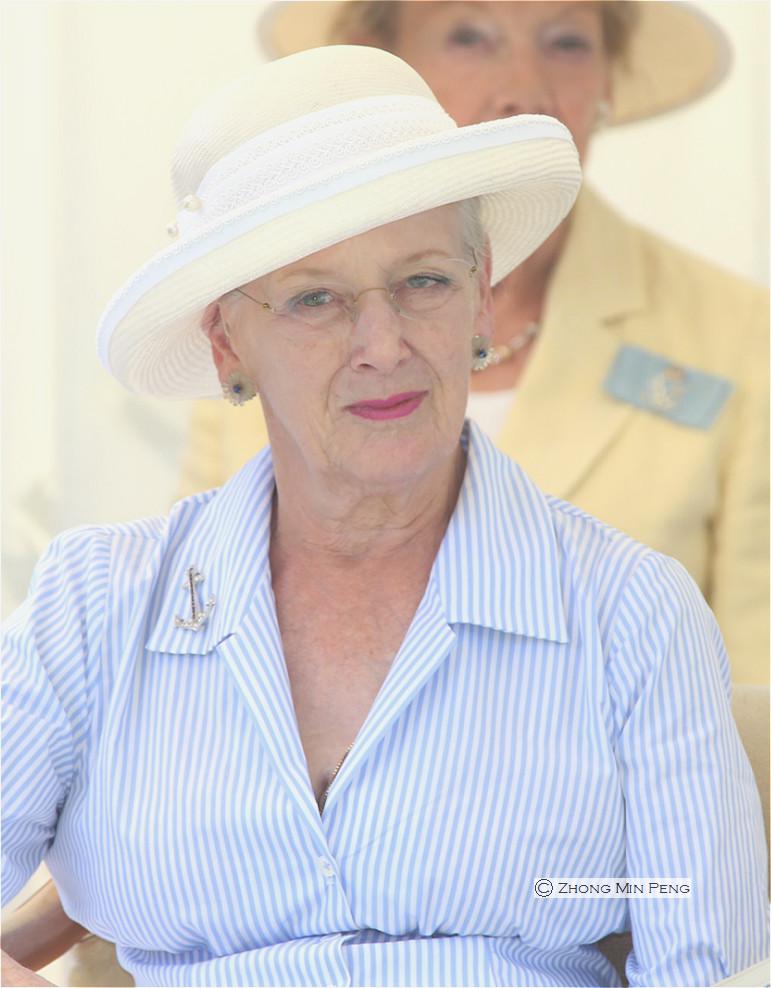
He got a job in Nanjing working as a security guard for a Danish cement company days before the Japanese invasion. One of the few foreigners in the city, he turned the factory into a makeshift refugee camp, hospital and shelter for Chinese people during the Second Sino-Japanese War which lasted from July 1937 until Sept. 1945.
To keep the Japanese troops away from the site, Sindberg flew a Danish flag outside to deter soldiers since Japan considered Denmark a friend.
Pressured by Japanese authorities, Sindberg returned to Shanghai and left China in early 1938. He later moved to the United States, where he served as a captain with the U.S. Merchant Marine and died in California in 1983.
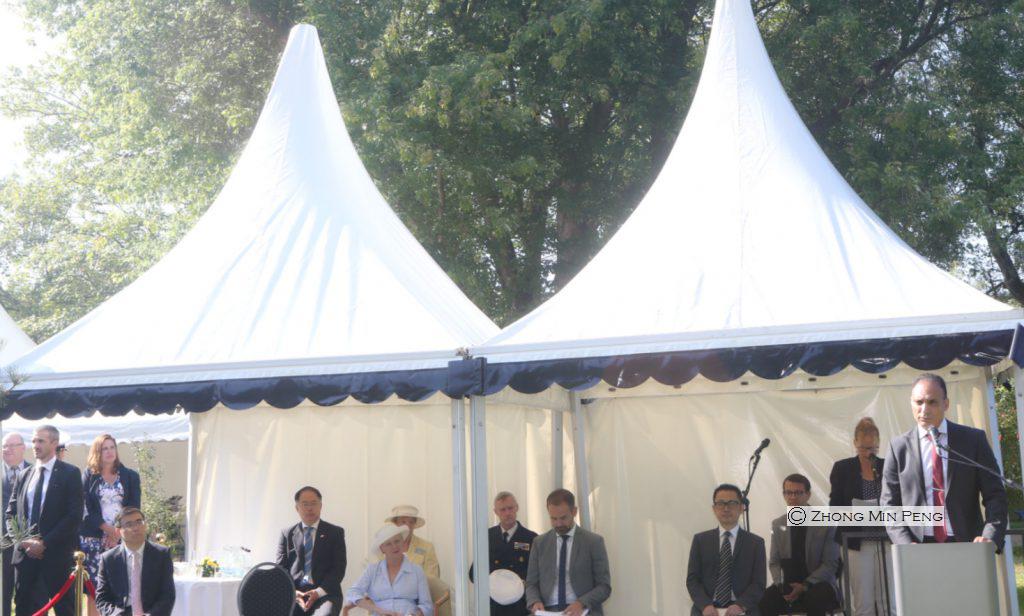
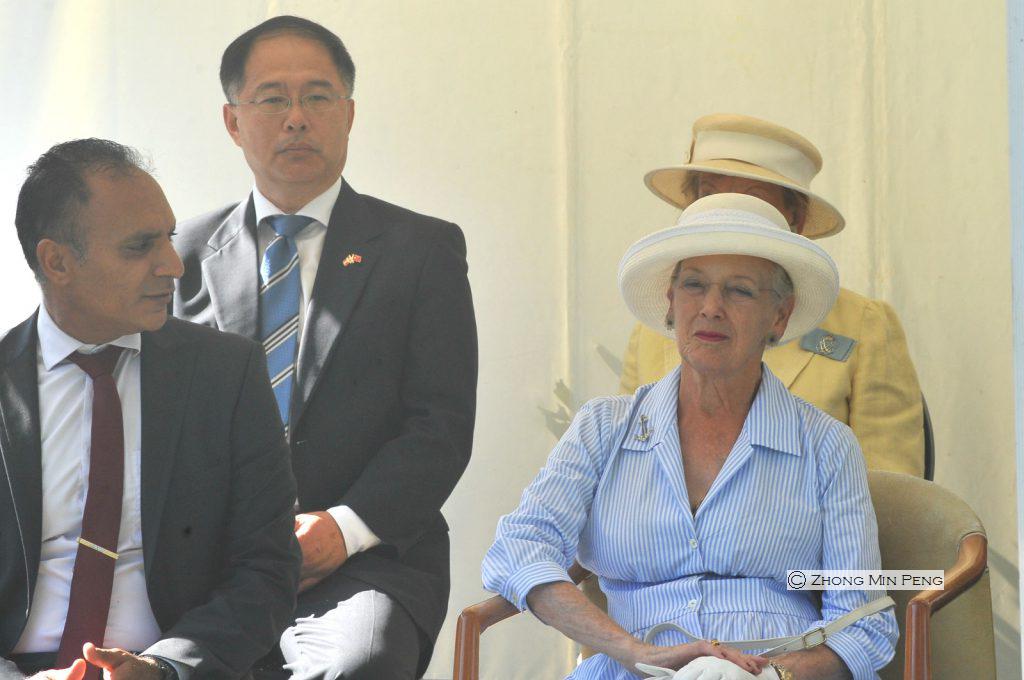
“It’s clear that Bernhard Arp Sindberg has been of great importance to Nanjing and all of China. He is a reminder that a single person can make a difference,” Margrethe said at the unveiling ceremony.
Peter Harmsen, author of a book about Sindberg, says that “prior to the war, there was absolutely nothing special about him.
“He was 172.5cm tall, the exact average for young Danish males in the late 1930s. He received average grades in school.
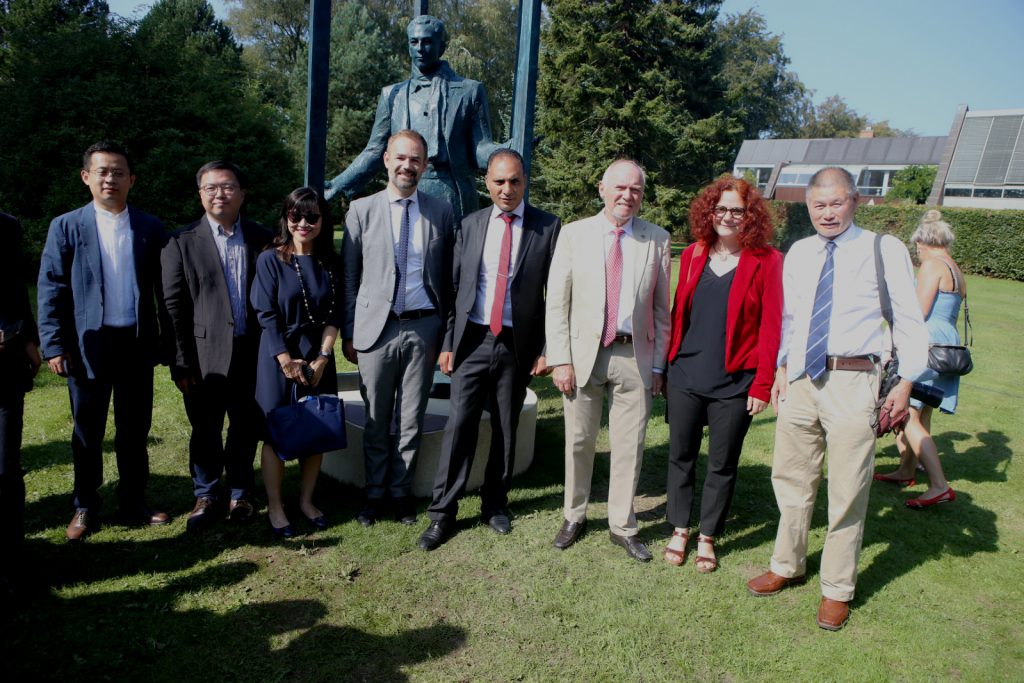
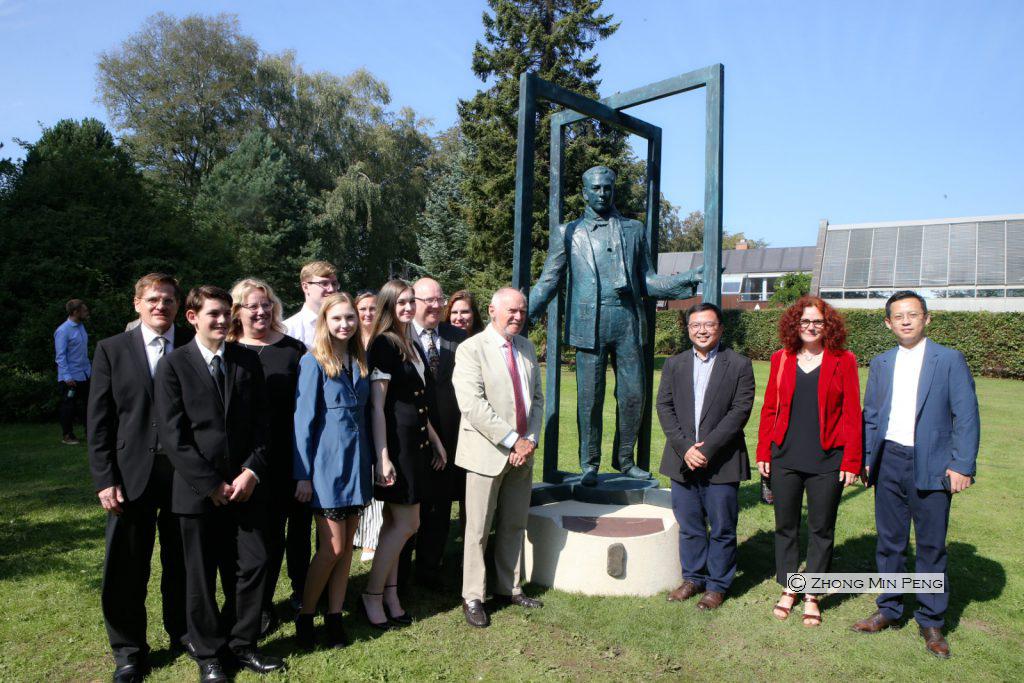
“But something extraordinary happened to him during the dark winter of 1937-1938 in Nanjing. Faced with the abject cruelty of the Japanese army, he decided to act.”
Harmsen believed that Sindberg “opened a door for the Chinese refugees, but metaphorically speaking he also opened a door into his own soul”.
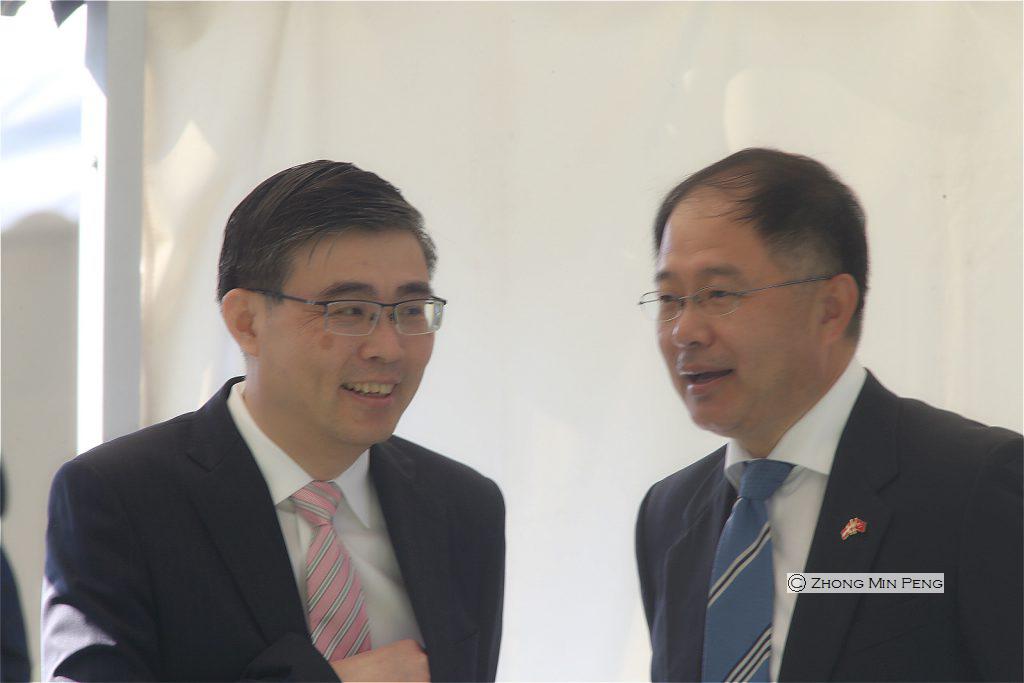

“In Nanjing, more and more people are getting to know about Sindberg. China is a very large country, so of course there are Chinese who do not know Sindberg,” Professor Yinquan Wang, English media coordinator of the 40-strong Chinese delegation that attended Saturday’s unveiling, told Danish newspaper Aarhus Stiftstidende.
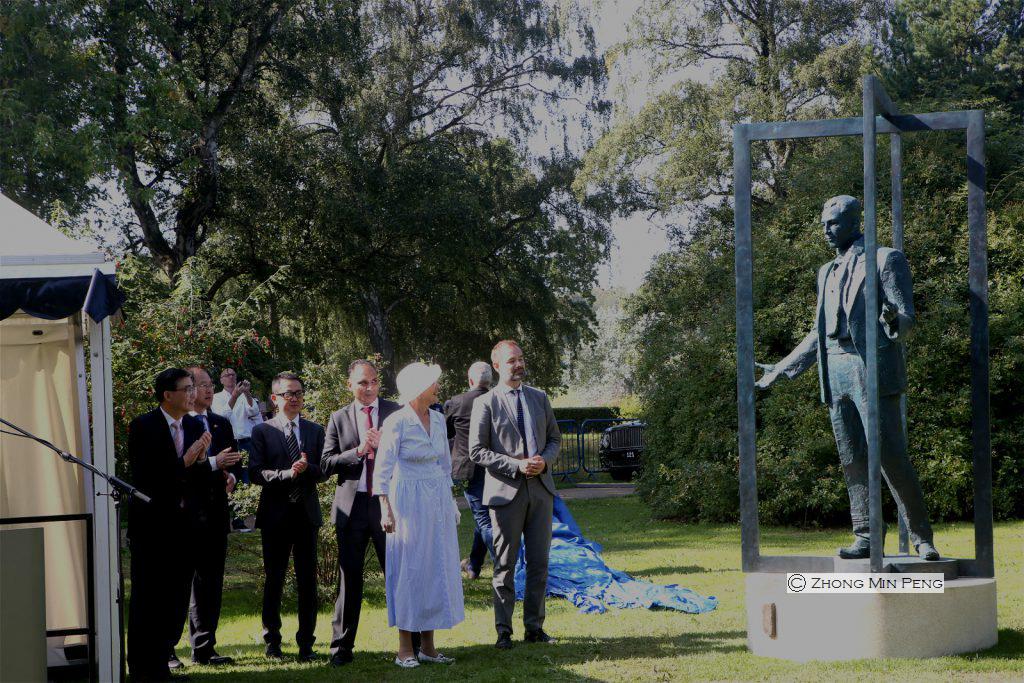
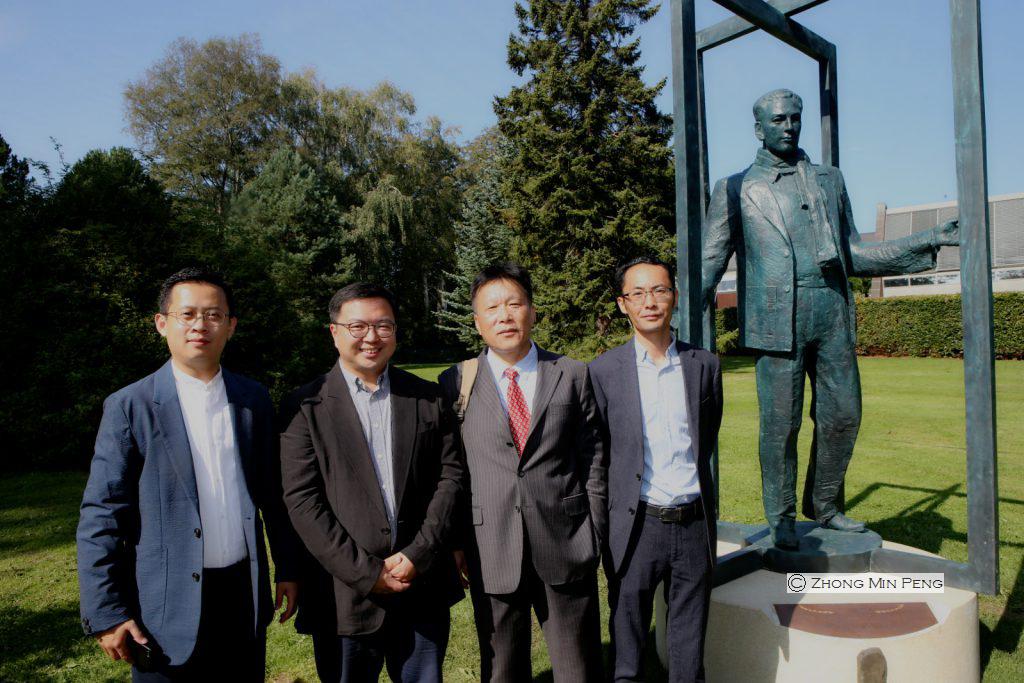
Wang, a professor of translation studies and English news writing with Nanjing Agricultural University, has been working on the Aarhus project for months. He has also been engaged in the translation of the documents and files of the Nanjing Massacre for international exhibition. He is the translator of the actors’ lines of the Scars of Nanking, a one-hour documentary drama produced by History Channel and Jiangsu Broadcasting Corporation that was honored with the Outstanding Cinematography Award the Daytime Emmy Award last year. In 2017, he is in charge of the translation of the English subtitles of a ten-part TV documentary on the Nanjing Massacre that included Sindberg in the 7th part.
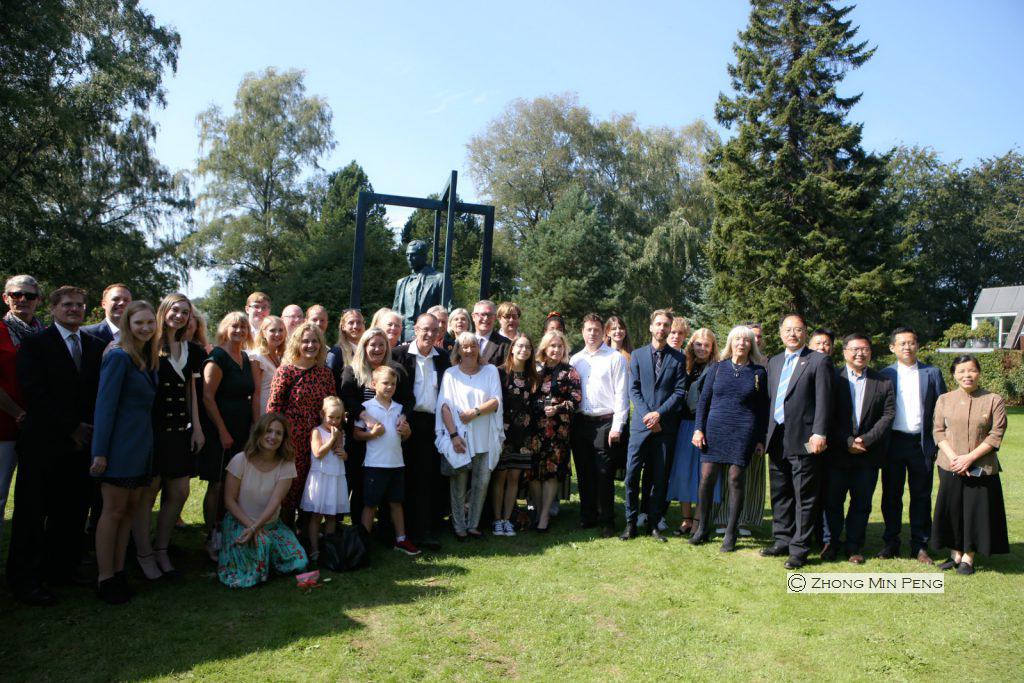
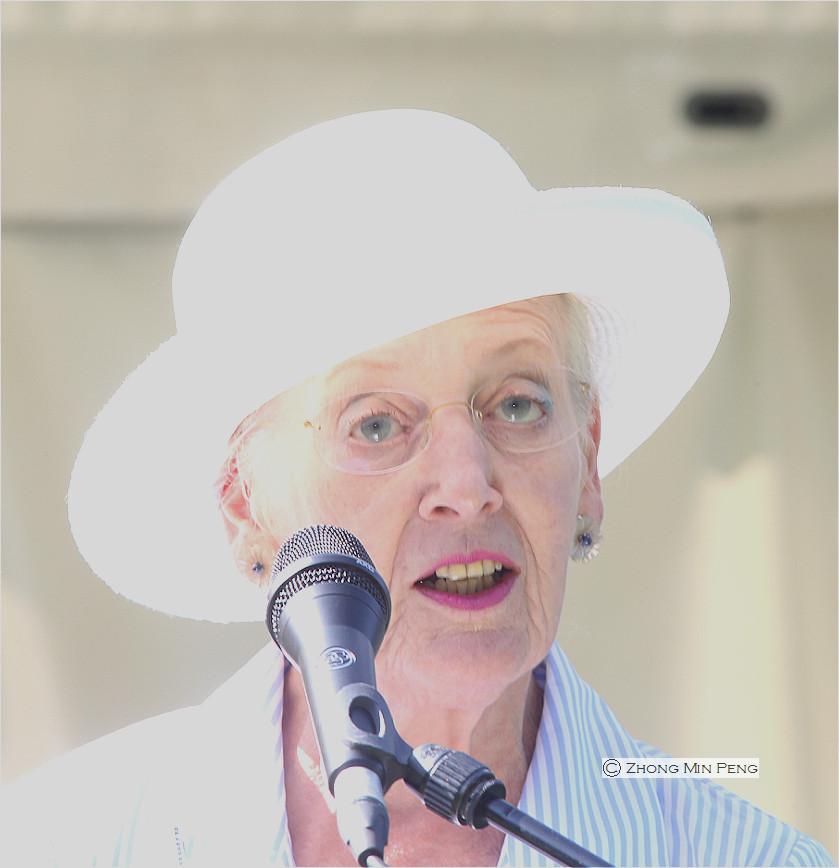
Wang Yinquan also told DK Royal Press that the significance of presenting the Sindberg statue and launching the Sindberg exhibition is that the truth about the Nanjing Massacre is revealed and the righteous deeds of Sindberg and other Westerners who remained behind in the massacre to shelter the Chinese civilians are honored. The event also echoes Chinese President Xi Jinping’s call for people around the world to work together toward a community with a shared future for mankind and make the world peaceful, tranquil, prosperous, open and beautiful, Professor Wang said.
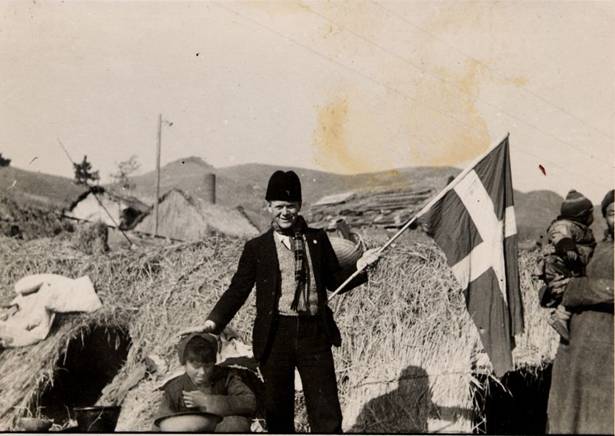
Translated by Wang Yinquan王银泉, English media coordinator of the Aarhus project and a TV documentary on Sindberg, Professor of Nanjing Agricultural University.
